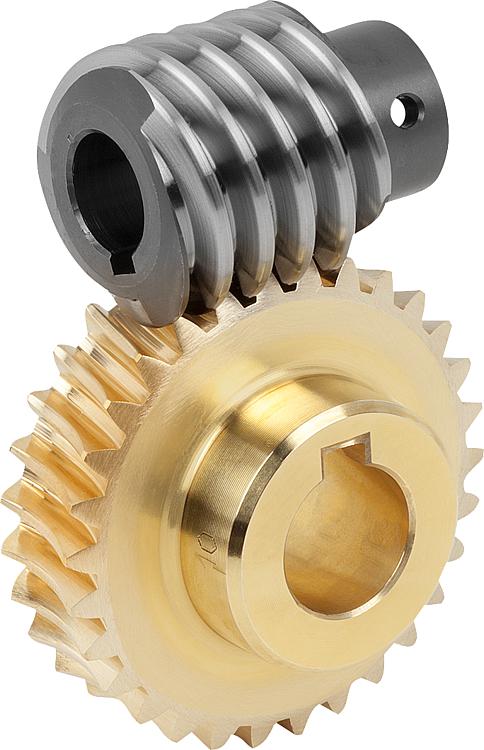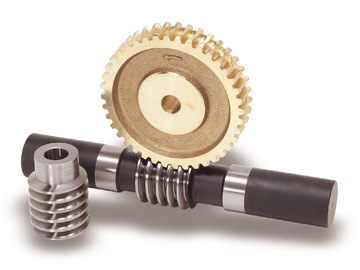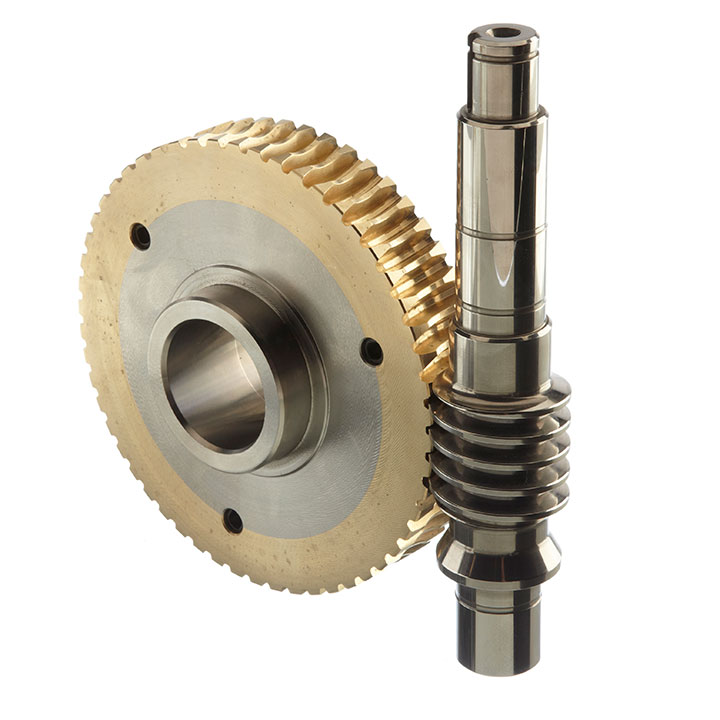Product Description
CNC machining lathe Brass Worm Gear and Worm Shaft, Worm Wheel Shaft
Precision Brass Worm Gear Shaft Machined by CNC Machining turning
| Business Type | Manufacture |
| Key words | CNC machining parts, precision CNC parts, CNC turning parts, CNC milling parts, metal parts, CNC parts, CNC machinery parts, Mechanical components, auto parts. Die casting parts, Metal stamping parts, sheet metal fabrication. |
| Materials | Aluminum, stainless steel, brass, copper, carbon steel, plastic (POM, PVC, PEEK, PU etc), alloy steel, titanium, Iron, spring steel, bronze. |
| Processing | CNC machining, CNC lathe/turning, 3/4/5 axis CNC milling,
wire-cutting, EDM, grinding, Drilling, tapping etc. |
| Surface treatment |
Anodized, passivation, heat treatment, painting, power coating,
black oxide, silver/gold plating, electrolytic polishing, nitrided, phosphating, sandblasting, nickel/zinc/chrome/TiCN plated. |
| Application Industry |
Aerospace, automotive, medical, telecommunications, electronic,
military, packing, sensors, optical instruments, computers, motorcycles, bicycles,scooter etc. |
| Quality control |
100% full inspection for small QTY, ISO sampling inspection for mass productions |
| Lead Time | 1.Samples delivery:5-7 working days
2.Orders delivery:15-20 working days |
| Shipping Terms | 1) 0-500kg: express & air freight priority (DHL, FedEx, UPS, NTN)
2) >500kg: sea freight priority 3) As per customized specifications |
| Packing | Bubble wrap/pearl wool + Carton or Pallet; As per customized specifications |
| Sea Port | ZheJiang port/HangZhou port |
| Payment terms | T/T in advance, PayPal or Western Union is acceptable. |
| Trade Terms | EXW, FOB, CIF, As per customer’s request |
| Drawing format | PDF, DWG, CAD, DXF, STEP, IGS etc |
| Note: | All cnc machining parts are custom made according to customer’s design drawings or exsiting
samples, we have no any ready parts in stock for sales. If you have any cnc machining parts need to be made, please feel free to send your kind drawings/samples to us. |
Products Display :
About Us :
1. We are ODM&OEM, design according to your drawing.
2. Rich experience and good technology support( have engineers with more than 20 years experience).
3. we are Manufacturer
4. Low MOQ is accepted.
5. 100% inspection before delivery.
6. Competitive price with high quality.
7. Convenient transportation ( HangZhou, ZheJiang …)
Inspection Processing :
Our Package :
Our Partner :
Certificate Display :
Our advantages:
1. Factory directly supply
2. Many years manufacture experience
3. Competitive and reasonable price
4. OEM service, we can do as your drawings or samples
5. Quality Guarantee
6. Good after-sale service
7. Timely delivery
8. High-tech CNC Machines
9. Independent Engineering Department
10.Kinds of surface treatment—Zinc Plating, Powder Coating, Anodizing, Chrome Plate, RoHs etc as
All kinds of CNC machining parts, sheet metal parts and machinery parts are available. OEM/ODM metal CNC parts, metal machining parts with laser cutting, die stamping, CNC machining, CNC shearing, Welding, Bending & metal fabrications, welding robots etc.
If you are interested in any of our products, please click your mouse and send email to us by below
approach. We will reply to you winthin 12 hours.
| After-sales Service: | Yes |
|---|---|
| Warranty: | 12 Months |
| Condition: | New |
| Certification: | RoHS, ISO9001 |
| Standard: | DIN, ASTM, GOST, GB, JIS, ANSI, BS |
| Customized: | Customized |
| Samples: |
US$ 5/Piece
1 Piece(Min.Order) | |
|---|
| Customization: |
Available
| Customized Request |
|---|

What is the lifespan of a typical worm gear?
The lifespan of a typical worm gear can vary depending on several factors, including the quality of materials, design, operating conditions, maintenance practices, and the specific application. Here’s a detailed explanation of the factors that influence the lifespan of a worm gear:
1. Quality of materials: The choice of materials used in the construction of the worm gear greatly impacts its lifespan. High-quality materials, such as hardened steel or bronze, offer better durability, wear resistance, and overall longevity compared to lower-quality materials. The selection of appropriate materials based on the application requirements is crucial for achieving a longer lifespan.
2. Design considerations: The design of the worm gear, including factors such as tooth profile, size, and load distribution, can influence its lifespan. Well-designed worm gears with optimized tooth geometry and proper load-carrying capacity tend to have longer lifespans. Additionally, features like lubrication systems and anti-backlash mechanisms can also contribute to improved durability and extended lifespan.
3. Operating conditions: The operating conditions under which the worm gear operates play a significant role in determining its lifespan. Factors such as load magnitude, speed, temperature, and environmental conditions can affect the wear and fatigue characteristics of the gear. Properly matching the worm gear to the application requirements and ensuring that it operates within specified limits can help prolong its lifespan.
4. Maintenance practices: Regular maintenance and proper lubrication are essential for maximizing the lifespan of a worm gear. Adequate lubrication helps reduce friction, wear, and heat generation, thereby extending the gear’s life. Regular inspections, lubricant replenishment, and timely replacement of worn or damaged components are important maintenance practices that can positively impact the lifespan of the worm gear.
5. Application-specific factors: The specific application in which the worm gear is used can also influence its lifespan. Factors such as operating cycles, torque levels, shock loads, and duty cycles vary between applications and can impact the wear and fatigue experienced by the gear. Understanding the unique requirements and demands of the application and selecting a worm gear that is appropriately rated and designed for those conditions can contribute to a longer lifespan.
Given the variations in materials, designs, operating conditions, and maintenance practices, it is challenging to provide a specific lifespan for a typical worm gear. However, with proper selection, installation, and maintenance, worm gears can have a lifespan ranging from several years to decades, depending on the factors mentioned above.
It is worth noting that monitoring the performance of the worm gear through regular inspections and addressing any signs of wear, damage, or excessive backlash can help identify potential issues early and extend the gear’s lifespan. Additionally, following the manufacturer’s guidelines and recommendations regarding maintenance intervals, lubrication types, and operating limits can significantly contribute to maximizing the lifespan of a worm gear.

Can worm gears be used in both horizontal and vertical orientations?
Yes, worm gears can be used in both horizontal and vertical orientations. Here’s a detailed explanation of the suitability of worm gears for different orientations:
1. Horizontal Orientation: Worm gears are commonly used in horizontal orientations and are well-suited for such applications. In a horizontal configuration, the worm gear’s weight is primarily supported by the bearings and housing. The lubrication and load-carrying capabilities of the gear design are optimized for horizontal operation, allowing for efficient power transmission and torque generation. Horizontal worm gear applications include conveyor systems, mixers, mills, and many other industrial machinery setups.
2. Vertical Orientation: Worm gears can also be used in vertical orientations, although there are some additional considerations to address in such cases. In a vertical configuration, the weight of the worm gear exerts an axial force on the worm shaft, which can introduce additional load and affect the gear’s performance. To ensure proper operation in a vertical orientation, the following factors should be considered:
- Thrust load handling: Vertical orientations impose a thrust load on the worm gear due to the weight of the gear and any additional external loads. The gear design should be capable of handling and transmitting this thrust load without excessive wear or deformation. Proper bearing selection and lubrication are crucial to support the axial load and maintain optimal performance.
- Lubrication: Lubrication becomes even more critical in vertical worm gear applications. Adequate lubrication ensures proper lubricant film formation to minimize friction, reduce wear, and dissipate heat generated during operation. Careful consideration should be given to the lubricant type, viscosity, and lubrication method to ensure effective lubrication, particularly in the upper parts of the gear where lubricant distribution may be more challenging.
- Backlash control: In vertical orientations, gravity can cause the load to act on the gear in the opposite direction, potentially leading to increased backlash. Proper gear design, including tooth geometry and clearance adjustments, can help minimize backlash and ensure precise motion control and positional stability.
- Bearing selection: The choice of bearings becomes crucial in vertical worm gear applications. Thrust bearings or combinations of thrust and radial bearings may be required to handle the axial and radial loads effectively. Bearings with appropriate load-carrying capacities and stiffness are selected to ensure smooth operation and minimize deflection under vertical loads.
- Sealing: Vertical orientations may require additional sealing measures to prevent lubricant leakage and ingress of contaminants. Proper sealing and protection mechanisms, such as seals or gaskets, should be implemented to maintain the integrity of the gear system and ensure reliable operation.
In summary, worm gears can be utilized in both horizontal and vertical orientations. However, certain considerations related to thrust load handling, lubrication, backlash control, bearing selection, and sealing should be taken into account for vertical applications. By addressing these factors appropriately, worm gears can effectively transmit power and torque, whether in horizontal or vertical configurations.

How do you calculate the gear ratio of a worm gear?
Calculating the gear ratio of a worm gear involves determining the number of teeth on the worm wheel and the pitch diameter of both the worm and worm wheel. Here’s the step-by-step process:
- Determine the number of teeth on the worm wheel (Zworm wheel). This information can usually be obtained from the gear specifications or by physically counting the teeth.
- Measure or determine the pitch diameter of the worm (Dworm) and the worm wheel (Dworm wheel). The pitch diameter is the diameter of the reference circle that corresponds to the pitch of the gear. It can be measured directly or calculated using the formula: Dpitch = (Z / P), where Z is the number of teeth and P is the circular pitch (the distance between corresponding points on adjacent teeth).
- Calculate the gear ratio (GR) using the following formula: GR = (Zworm wheel / Zworm) * (Dworm wheel / Dworm).
The gear ratio represents the speed reduction and torque multiplication provided by the worm gear system. A higher gear ratio indicates a greater reduction in speed and higher torque output, while a lower gear ratio results in less speed reduction and lower torque output.
It’s worth noting that in worm gear systems, the gear ratio is also influenced by the helix angle and lead angle of the worm. These angles determine the rate of rotation and axial movement per revolution of the worm. Therefore, when selecting a worm gear, it’s important to consider not only the gear ratio but also the specific design parameters and performance characteristics of the worm and worm wheel.


editor by CX 2023-09-23